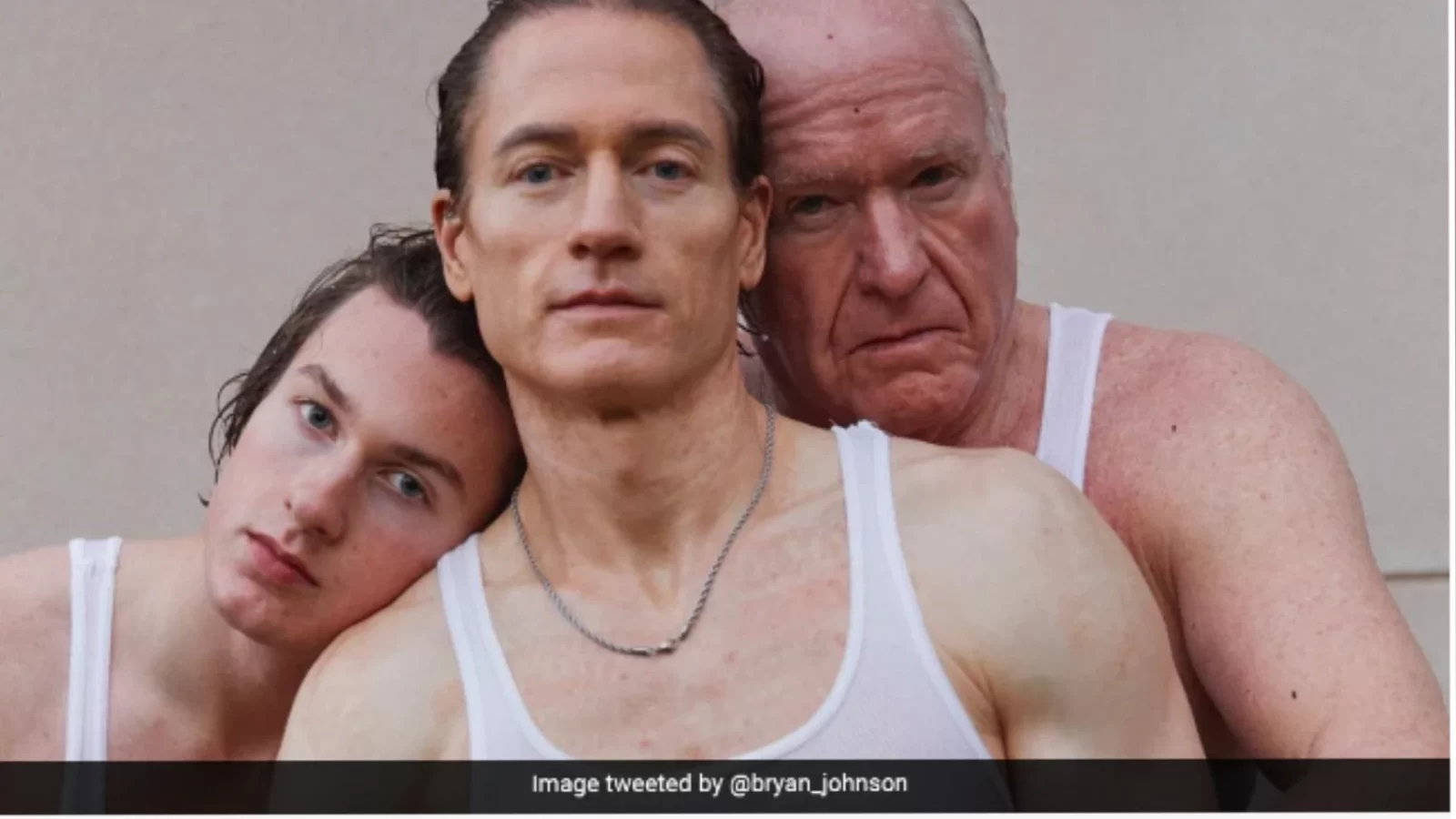The Strange Science Behind Blood Swapping: The Man Who Spends 2 Million A Year to Look 18
On April 3, tech entrepreneur Bryan Johnson, along with his father Richard and son Talmage, visited a health services clinic near Dallas to engage in a unique tri-generational blood plasma exchange. The process involved removing a liter of blood from each individual and separating it into its components—plasma, red blood cells, white blood cells, and platelets. Talmage went first, followed by Bryan, who also received his son’s plasma, and finally Richard, who received Bryan’s plasma after his own blood was drained.
This practice of plasma exchange is reminiscent of the “blood boy” concept, which gained public attention due to stories of wealthy individuals receiving transfusions of younger people’s blood in an attempt to benefit from potential rejuvenating effects. While experiments in mice have suggested some rejuvenating effects through the sharing of circulatory systems, the scientific evidence is inconclusive and the practice remains controversial.
Bryan Johnson has been visiting the Dallas clinic for several months, receiving plasma from an anonymous young donor who undergoes thorough screening. Johnson is known for his work in the technology field, particularly as the former head of Braintree, a digital payments company that owned Venmo. He sold the company and started Kernel, a brain-machine interface company, but he has since focused on his own health and longevity through a project called Blueprint.
Under Project Blueprint, Johnson invests millions of dollars annually in medical diagnostics, treatments, and a meticulously crafted regimen of diet, sleep, and exercise to explore the possibility of slowing down or reversing the aging process. He collaborates with a team of doctors, and his goal is to publish the majority of his methods and results for others to evaluate and benefit from his research.
Plasma infusions have traditionally been used in medicine to treat various conditions, such as liver disease, burns, and blood disorders. During the COVID-19 pandemic, plasma exchange gained mainstream attention as some patients were given the plasma of individuals who had recovered from the disease and had antibodies in their system. However, the World Health Organization recommended against this practice in 2021.
The concept of using plasma as a rejuvenation therapy gained traction from studies involving mice, where older mice showed improvements in cognitive function, metabolism, and bone structure when their circulatory systems were connected to younger mice. There is also evidence that frequent blood donation can have positive health effects by promoting the production of new cells and fluid. However, human studies in this area are scarce, and many researchers caution against elective plasma transfusions among healthy individuals, considering it to be unproven, potentially dangerous, and lacking sufficient evidence.
Despite the stigma surrounding longevity-focused plasma transfusions, Johnson’s medical team has approved the procedure as a potential treatment for cognitive decline and as a preventive measure against Parkinson’s and Alzheimer’s diseases. Johnson meticulously measures his blood, brain, and organ performance to quantify any changes resulting from the transfusions. He aims to rely on evidence rather than subjective feelings when making decisions about his health.

The process of tri-generational plasma exchange raises concerns due to its elitist and unsavory connotations, as typically wealthier individuals receive plasma from younger, less privileged individuals. The plasma donors are usually compensated with around $100 in gift cards for a procedure that costs approximately $5,500.
The duration of a plasma exchange varies, but Johnson has managed to reduce the time it takes by adjusting the machine’s flow rate and needle size. Johnson chooses Resurgence Wellness, a medical spa in a Dallas suburb, as his clinic of choice. The facility offers various procedures, including hormone treatments, body sculpting, and platelet-rich plasma injections. The clinic promotes itself as a futuristic medical spa, emphasizing advanced diagnostic and treatment methods.
Prior to their visit to the clinic, Johnson and his family celebrate together with other members of his Blueprint team.























